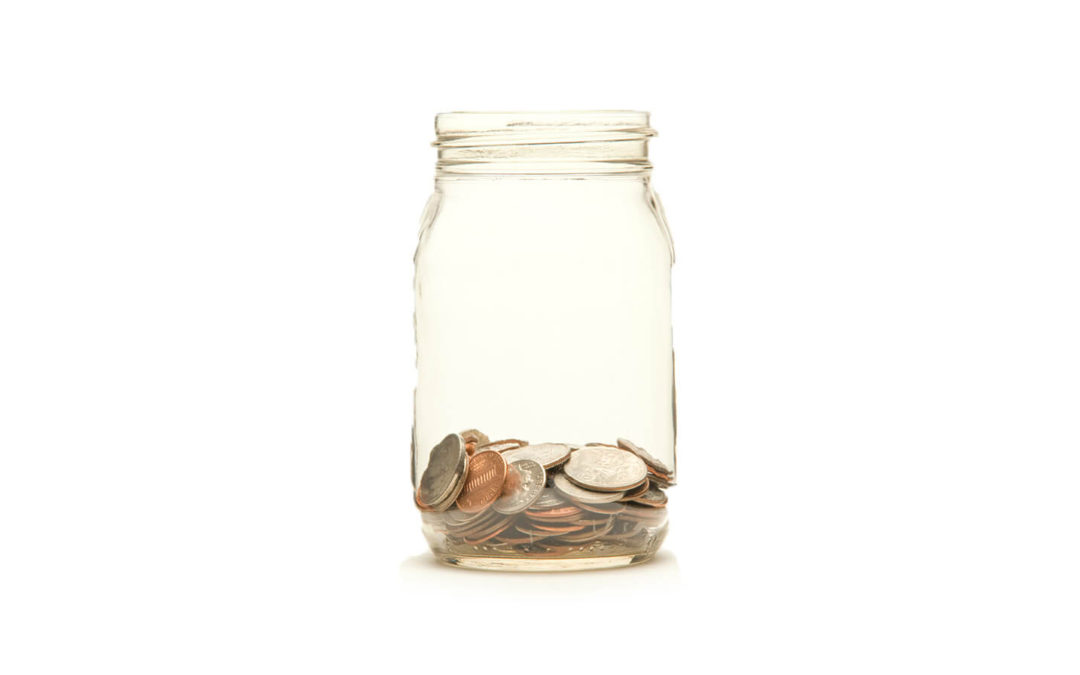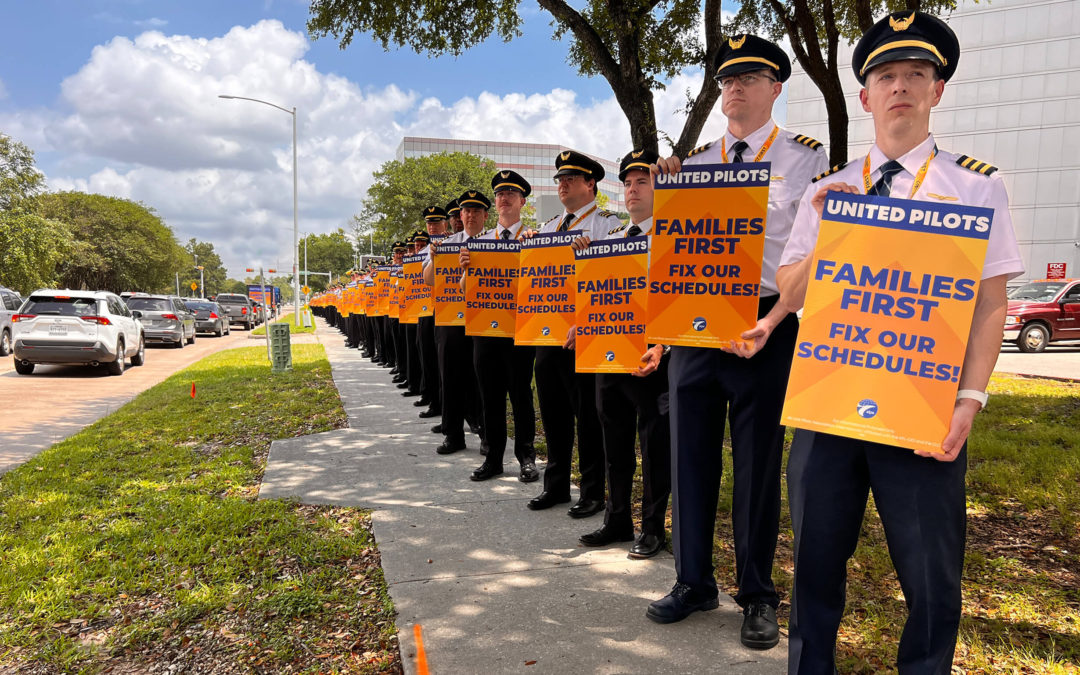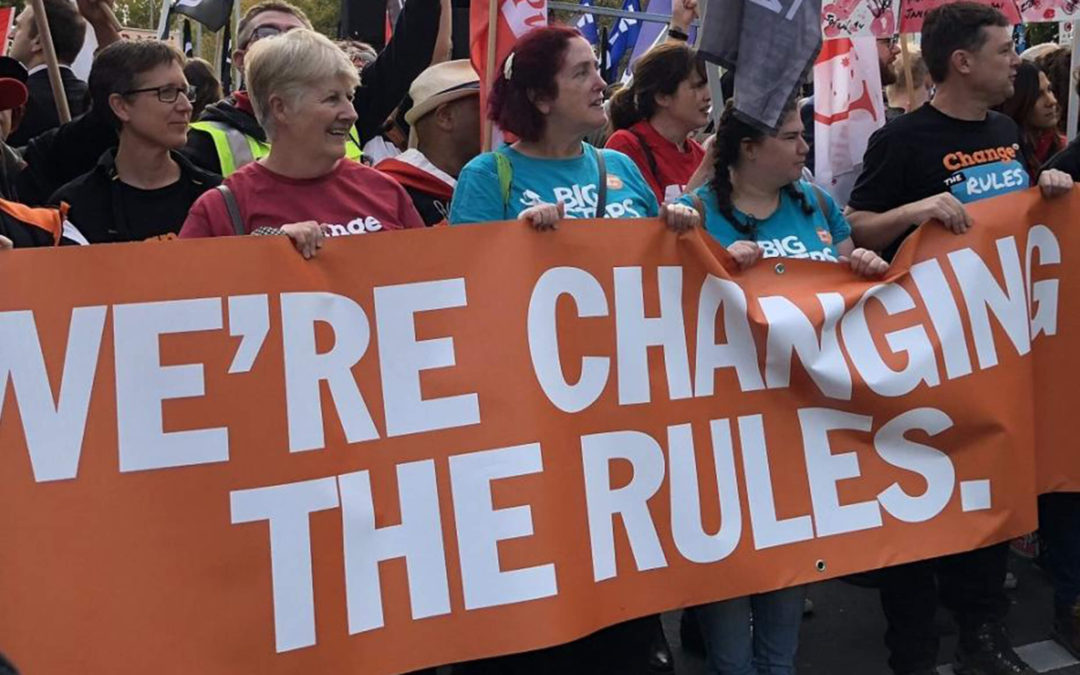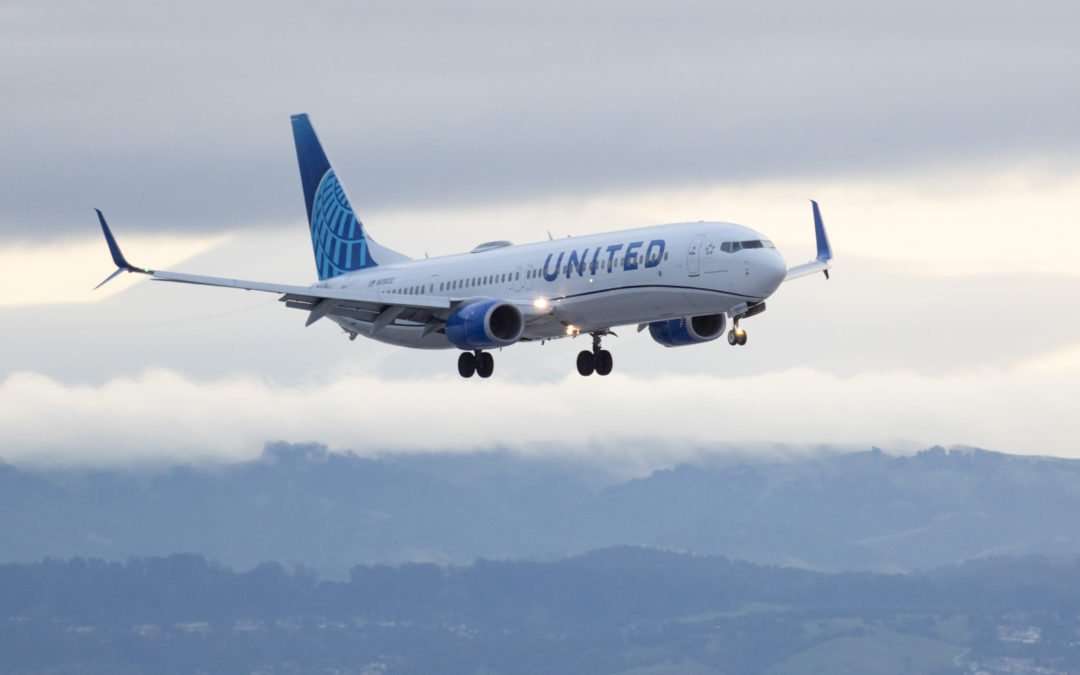
by Eric Price | Sep 20, 2023 | Front Page, Organizing, Other News, Perusals, Recent News, Row 2, Uncategorized
Here’s What Could Happen if UAW Wins a 4-Day Workweek for Automakers IAM141.org September 20, 2023 + Show solidarity with UAW The United Auto Workers (UAW) are currently engaged in a historic, nationwide strike action in pursuit of fair wages and ending the...

by Eric Price | Aug 29, 2023 | Front Page, Organizing, Other News, Perusals, Recent News, Recent News, Row 2
The Wage Debate: Why Better Wages Are Good News for Everyone—Even Workers IAM141.org August 29, 2023 We live in a society with the dubious honor of boasting a powerful and activist Managerial Class. This class would love little more than to convince a critical mass of...

by Eric Price | May 12, 2023 | Front Page, Organizing, Recent News, Row 2, United
Largest Non-Strike Rally in Airline History IAM141.org May 12, 2023 HOUSTON – The largest non-strike rally in the history of commercial aviation took place on Friday. Thousands of airline workers from five different Unions joined forces at ten airports to call...

by Eric Price | Apr 26, 2023 | Front Page, Organizing, Other News, Row 2
The Battle for a First Contract: How Employers Use Unfair Labor Practices IAM141.org April 26, 2023 Recent victories in organizing workers at companies such as Amazon, Starbucks, and Trader Joe’s indicate that it is possible for workers in industries previously...

by Eric Price | Apr 17, 2023 | Front Page, Organizing, Recent News, Row 2, Uncategorized, United
IAM and United Airlines Tentative Agreements Provide Immediate Benefits IAM141.org April 17, 2023 United Airlines and the International Association of Machinists and Aerospace Workers (IAM) union have reached tentative agreements covering seven separate workgroups,...

by Eric Price | Apr 13, 2023 | Front Page, Organizing, Other News, Row 2, United
30,000 Machinists Union Members at United Reach Tentative Agreement On March 29, we informed you that we reached an Agreement in Principle (AIP) with United Airlines on seven contracts covering over 29,000 IAM members at United Airlines. We’re happy to inform...







